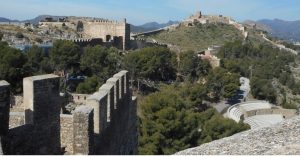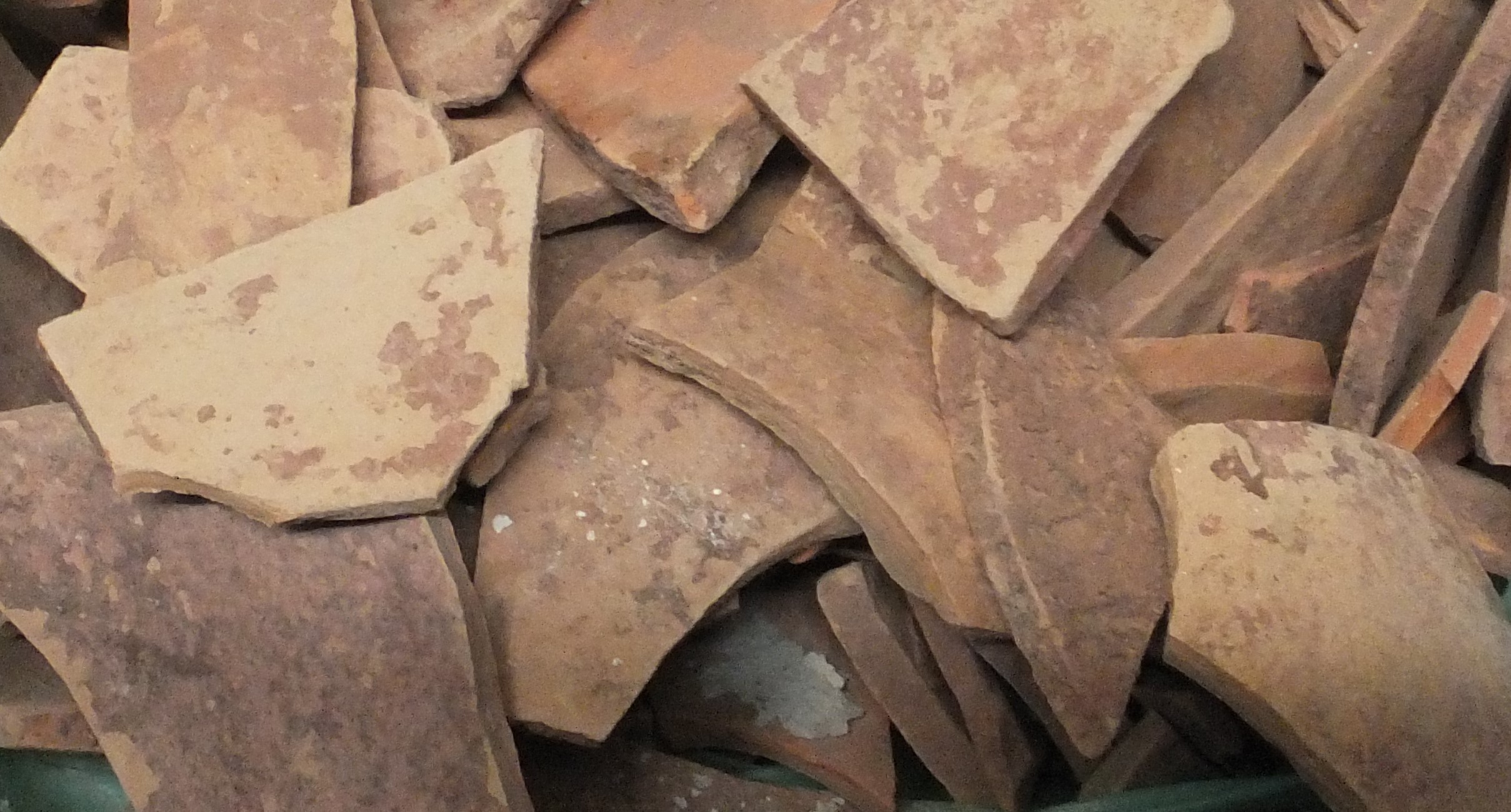Since the middle of the last century, the study of archaeological materials using methodologies typical of disciplines considered as sciences such as physics, chemistry, biology and geology has served as support to the traditional methodological lines of archaeology, which has allowed access to a database that without the support of multidisciplinarity would be unattainable. The development of these transversal studies has allowed the creation of a new discipline known as archaeological sciences or also better known as archaeometry. In this brief writing I prefer to speak of archaeological science, which is in my opinion the most appropriate name to use today, because archaeometry, whose etymology refers to ἀρχαίος (‘ancient’) and μετρία (‘measure’) would only include studies related to analytics. The concept of archaeological science is much broader and can include more disciplines or applications that have a scientific basis, such as experimental archaeology, the study of images and finally the use of the geographic information system (GIS).
The concept of archaeological science is much broader and can include more disciplines or applications that have a scientific basis, such as experimental archaeology, the study of images and finally the use of the geographic information system (GIS)
At the international level, archaeology and archaeological science are currently in a process of fusion since in the majority of impact investigations that are projected in the study of the past and the conservation of heritage include applications where the knowledge of different disciplines and with the support of the most classical archaeological methods.
This movement is also reflected in the archaeological science studies that are being developed today in the Mediterranean. A great advance in the application of multidisciplinary research related to Mediterranean archaeology has been appreciated in recent decades thanks to the work of research groups, projects and specialists in general related to institutions in Mediterranean countries.

In order to have a panoramic vision of what types of studies included in the field of archaeological science are being developed at the moment, in my opinion one could speak of three main lines.
1. Research on analysis of archaeological materials.
These type of research contemplate a wide range of analytical methods used in numerous types of archaeological materials with different objectives and trying to solve different archaeological problems. To mention some of the most relevant, we can think, for example, about the radiocarbon analyses that normally are carried out in Mediterranean findings, that specially have certain relevance in the dating of archaeological sites related to prehistory. Also well-known are the DNA analyses, widely used for example in forensic archaeology studies to determine the genetic characteristics of ancient individuals or populations. There are also analysis of organic and inorganic compounds where a variety of analytical methods can be used that are very useful for characterisation studies, provenance, post-depositional processes and diet in numerous types of ancient materials (lithics and lithoids, metals, paints, bones, sediments, coals, seeds, organic substances, etc.).
2. Research through image analysis and analysis of the geographic information system (GIS).
The use of photogrammetry is widely expanded and consists of identifying the dimension and position of any material or archaeological find in recent years. Many works published in sites in the Mediterranean region offer detailed photogrammetry data associated with GIS analysis. With the arrival of geospatial software, a qualitative and quantitative improvement in the treatment of useful data for the analysis of the territory has been possible, therefore the use of these techniques in some cases has allowed the identification of new deposits or the prospecting of archaeological sites and has consistently helped in the research work to program more precise archaeological actions, but also for a more precise record of the position or dimension of the finds or the identification of sampling points of different remains of heritage interest.
3. Experimental archaeology.
This discipline is really considered as an auxiliary science of archaeology, but I think that it could perfectly be part of the “archaeological science” since the objective of these studies is to try to understand the phases or patterns that ancient populations have followed, such as primitive populations or also more recently the Romans for example who dominated the Mediterranean basin for centuries. These studies attempt to understand aspects such as the manufacture of objects, the construction of structures or activities related to the supply of material or diets and also the processes of cultivation, hunting or food preparation or artistic expressions such as pictorial and ritual. Some of the tools used in experimental archaeology are based on the anthropological analysis of indigenous populations, in regions of the world where these cultures still exist, which have preserved and inherited ancient methodologies still in use, as well as the analysis of the artistic process of cave paintings or written sources and other archaeological data that can help to recreate the ancient world to better understand it.
Gianni Gallello
Department of Prehistory, Archaeology and Ancient History, Faculty of Geography and History University of Valencia, Av. Blasco Ibáñez, 28, 46010, Valencia, Spain.
Corresponding author: gianni.gallello@uv.es
